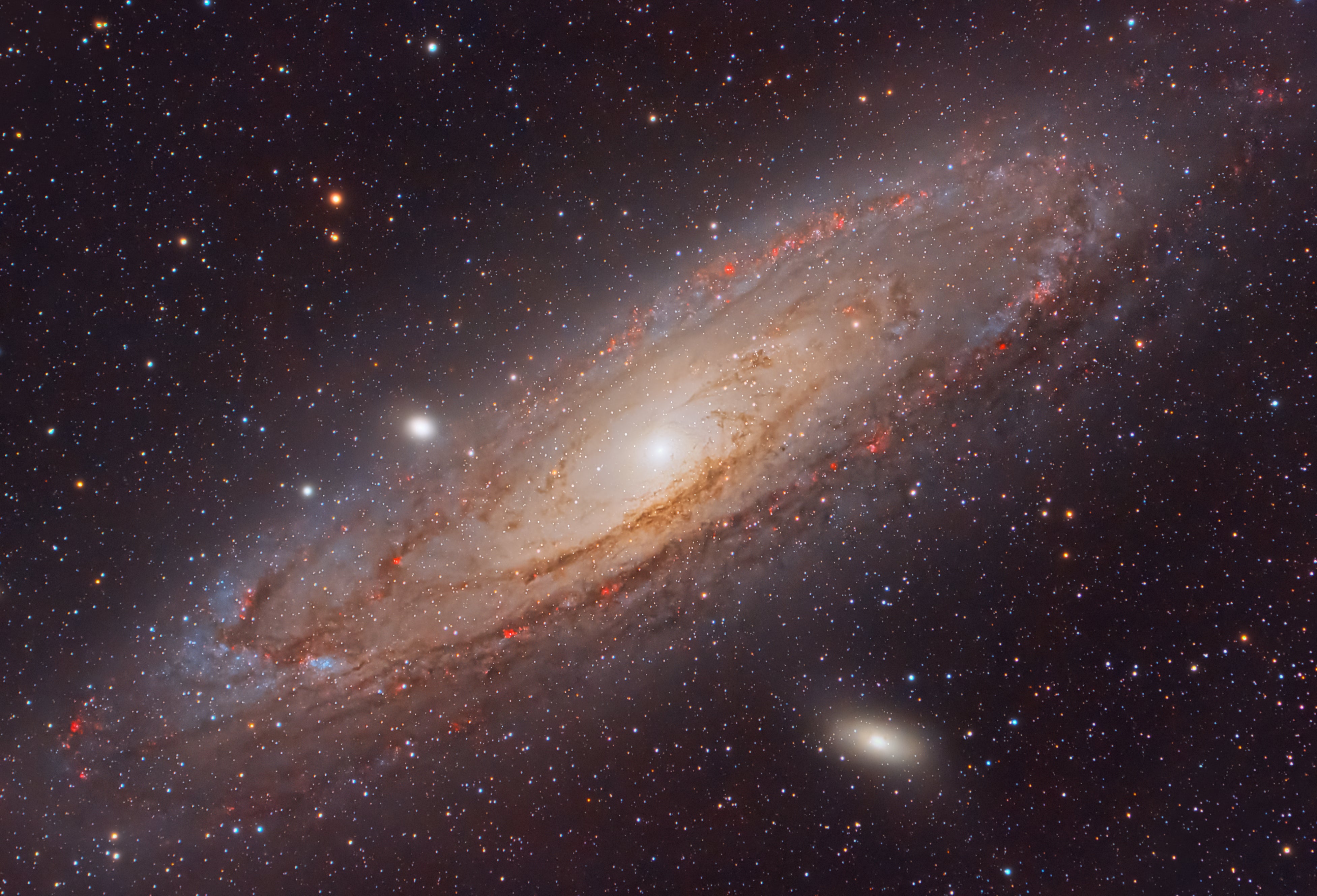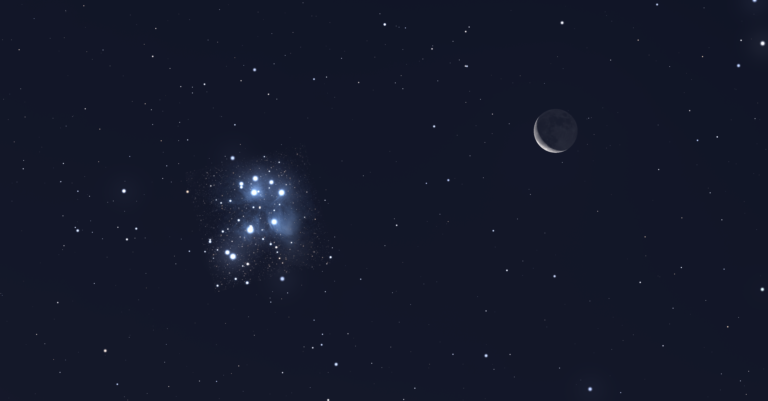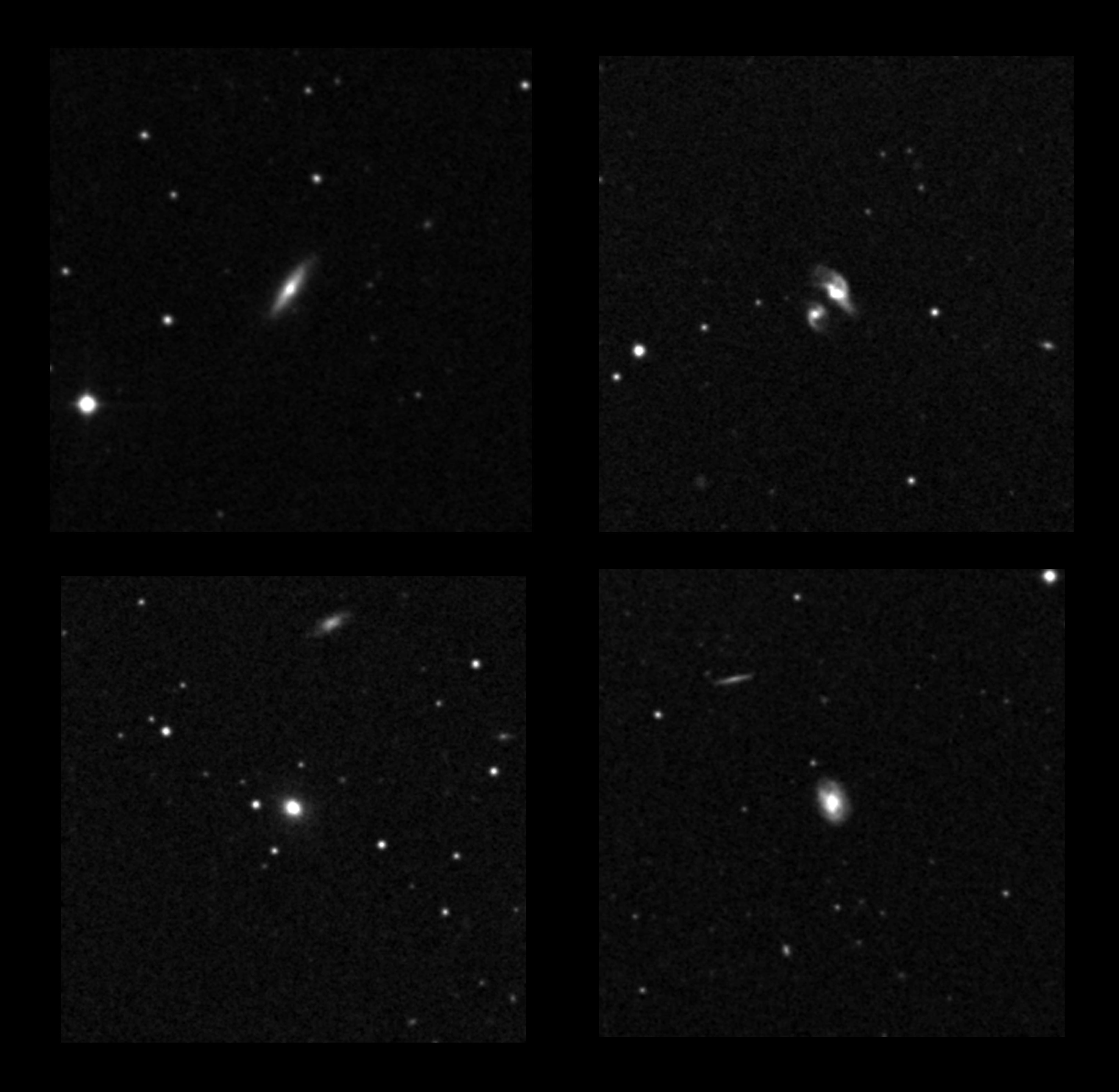
On Oct. 4, 1923, Edwin Hubble took a photographic plate of the Andromeda Nebula (as it was known then) using the 100-inch Hooker telescope at Mount Wilson. The next night, he took another plate and found that a star that seemed to belong to the nebula had changed in brightness. At first, he thought this was a nova, a type of stellar explosion. But eventually, he realized it was a particular type of variable star — and this meant he could accurately measure the distance to this star.
From studying these variable stars — called Cepheids — in our own galaxy, astronomers already knew that the period of time over which they varied was related to their intrinsic luminosity. Henrietta Leavitt, an astronomer at Harvard College Observatory, had worked out in 1912 that the longer Cepheids take to pulsate, the brighter (and presumably larger) they are.
So by knowing the star’s true brightness and comparing it to how faint it appeared, Hubble could calculate how far away the star was. His answer: 1 million light-years. This was an astonishing result, one that settled an ongoing debate about whether such “spiral nebulae” were part of the Milky Way Galaxy or objects at much greater distances.
Today, we know the Andromeda Galaxy (M31) is about 2.5 million light-years away, not 1 million light-years. But the implications of Hubble’s measurement stands. What he found changed our conception of the universe forever and confirmed that Andromeda and its nebulous brethren were in fact entire galaxies separate from the Milky Way — island universes of their own.
For more on this famous Cepheid, named M31-V1, check out Rod Pommier’s story in our August 2022 issue, in which he described his hunt to image the star.
Follow Astronomy magazine, the world’s best-selling astronomy magazine:
🌎 Website: https://astronomy.com
📖 Subscribe: http://subscribe.astronomy.com
📘 Facebook: https://www.facebook.com/AstronomyMagazine
📸 Instagram: https://instagram.com/astronomy.magazine
🐦 Twitter: https://twitter.com/AstronomyMag
Shop Celestron telescopes:
🔭 Website: https://celestron.com
Follow Dave Eicher:
📘 Facebook: https://www.facebook.com/davidjohneicher
📸 Instagram: https://instagram.com/eicher.david
🐦 Twitter: https://twitter.com/deicherstar









